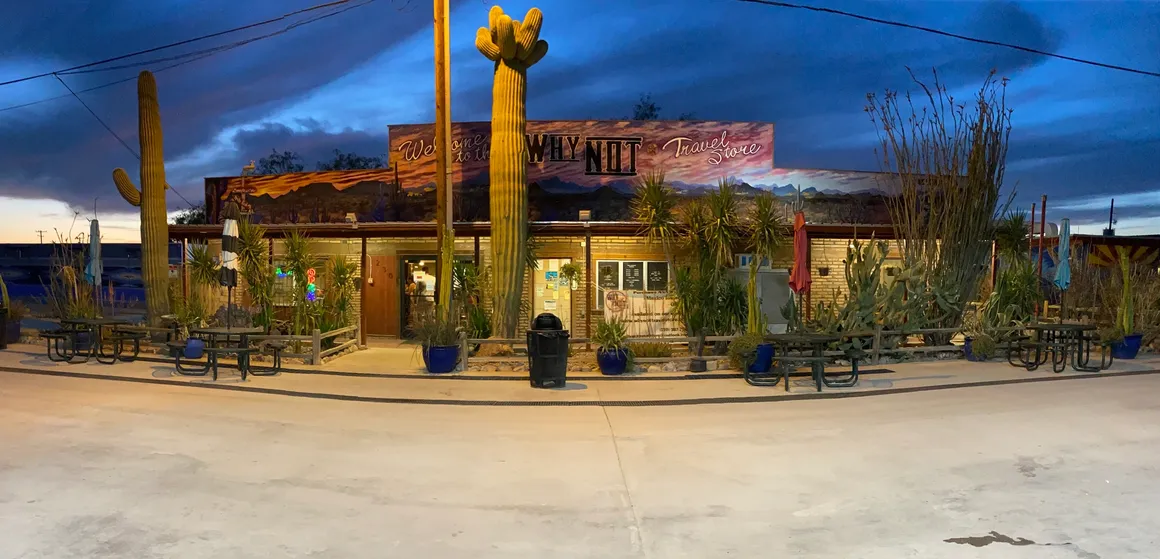Believing in more than one God, the Aztecs are known as a polytheistic culture. They believed that there was a god for almost every purpose and aspect of Aztec life. It was so intrinsic in their everyday life, ceremonies, daily practices and beliefs, even the way they dressed, that their social organization and their religion were one and the same. It is agreed that they believed in gods, goddesses, and supernatural creatures, numbering over 100. The Aztec ruler was also believed to be the embodiment of their gods and knew the propensities of the gods.
As in all religions, prayers, sacrifices, and ceremonies were aimed directly at the gods, seeking their favors and blessings. Some of the gods could only be appeased with blood. The ultimate sacrifice was the most precious: human blood, human life. Most of the victims that were sacrificed were captured in battle, their hearts cut out from their chest by the priests while the victims were alive, their hearts’ held high in the air, still beating and dripping with blood, to be viewed by the crowd of spectators watching the ceremony. Some Aztecs went willingly to their deaths, believing their sacrifice was a great honor.
These ceremonies were held on altars high atop the great pyramids. After the sacrifice, the victims were beheaded. The heads would then be rolled bouncing down the steps and the skulls displayed on racks as trophies. It is thought that as many as 20,000 unfortunates were killed during a 4-day celebration at the completion of the temple in Tenochtitlan, present day Mexico City.
There were three main gods who demanded human sacrifice, Huitzilopochtli, Tezcatlipoca and Tlaloc.
Huitzilopochtli, known as the Hummingbird, was a sun god and the god of war. The Aztecs believed that every 52 years the world would come to an end. In order to postpone the end of the world for another 52 years, human sacrifice for him was necessary. Huitzilopochtli was also known as the god who led the Aztecs to Tenochtitlan. This legend is depicted on the Mexican Flag, symbolized in the coat of arms by an eagle on top of a prickly pear cactus in the middle of a lake with a snake hanging from its beak.
Tezcatlipoca’s domain included the sky and winds of the night, hurricanes, temptation, jaguars, and divination. His name translates as “Smoking Mirror,” since he was connected to the volcanic glass known as obsidian. In Mesoamerica obsidian was used to make mirrors that were used in shamanistic religious rituals.
Tlaloc, was the god of rain, fertility, and water. He was a beneficent god who gave life and sustenance, but he was also feared for his ability to send hail, thunder, and lightning. He was the lord of the powerful forces of water. He demanded the sacrifice of many children on the top of scared mountains. The children were beautifully adorned and carried on litters laden with flowers and feathers. They were carried in a procession surrounded by dancers, music from drums, and horns made from large sea shells. The priests wore ritualistic masks, vivid makeup, and ceremonial clothing. The children must have been terrified as they were being carried to the shrine knowing their fate. Once they arrived they were ritualistically sacrificed by having their hearts pulled from their young bodies by the priests. On the way to the shrine, the children were forced to cry, if they didn’t of their own accord, because their tears symbolized signs of abundant rains.
For all your real estate needs including Bank Trusts, FM3 or subdividing please contact me at: 1 (520) 777-0018, 011 52 (638) 383-8417, local cell 044 (638) 384-7145 or email rosariesalerno@hotmail.com


























